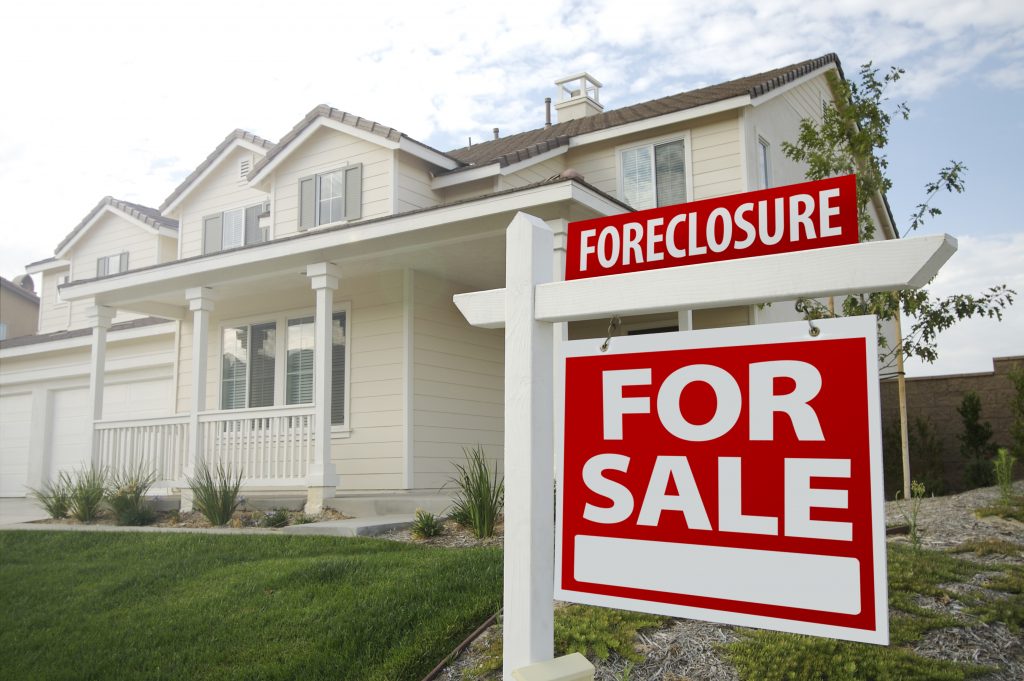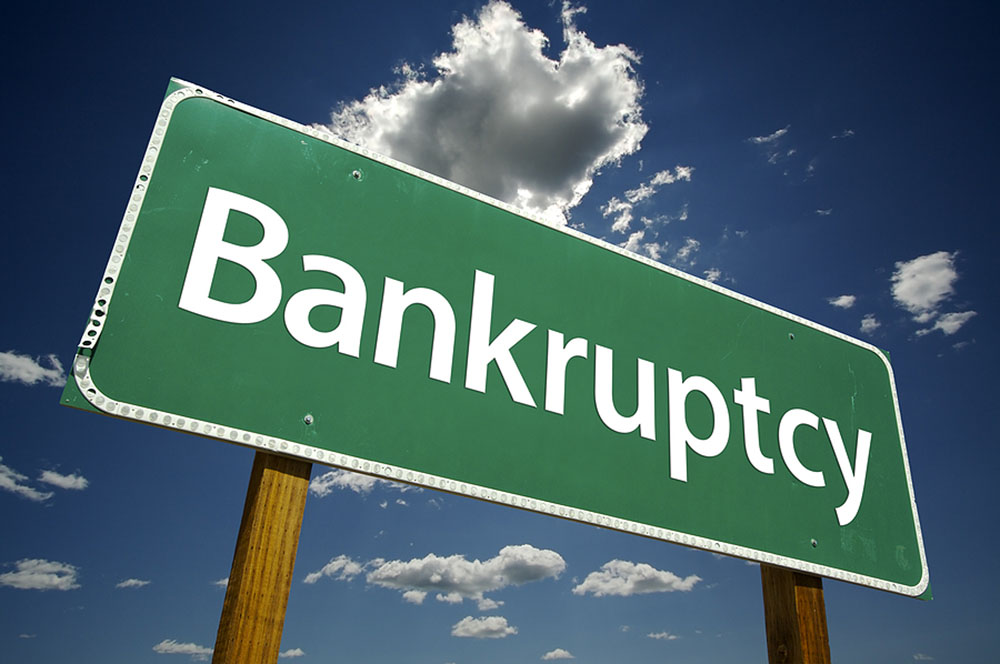Understanding the difference between secured and unsecured debts helps you make better financial choices and understand the ramifications of certain actions. That includes bankruptcy, as secured and unsecured debts are treated differently in both Chapter 7 and Chapter 13 bankruptcy cases.
What Are Secured Debts?
Secured debts are any type of obligation that is secured with collateral. Some types of consumer loans are secured debts, including mortgages and auto loans. The former is secured by a house or other real estate property. The latter is secured by a vehicle.
Collateral means the lender has a method for recouping some of its losses if the debtor defaults on loan payments. If you miss multiple mortgage payments, for example, the bank is likely to begin foreclosure proceedings. This involves taking the home and putting it up for auction. The bank uses the proceeds from the foreclosure sale to cover some of the losses when the mortgage holder defaulted on the loan.
The same can happen with repossession. If a loan is secured by a car, truck, boat, RV, or other personal property, the lender can take that property back if the debtor defaults. The lender then sells the property to try to cover some or all of its losses.
What Are Unsecured Debts?
Unsecured debts are debts that are not secured by collateral. That means if you don’t repay the debt, the lender doesn’t have the ability to take back something in order to recover some of its losses. Instead, it has to sue you and get a judgment. Once a lender wins a judgment in a lawsuit regarding unsecured debt, it can attempt to collect what it owes via steps such as levying your bank account or garnishing your wages.
Examples of unsecured debts include:
- Credit card debt
- Student loans
- Personal loans
While federal student loans are unsecured debts, it’s important to remember that the government-backed agencies that provide these loans have access to collection methods that other unsecured debt providers don’t. That means the lender doesn’t necessarily have to sue you and go through the process of getting a judgment before it can take action such as collecting through tax refund offsets or garnishing your paycheck.
How Are Secured and Unsecured Debts Treated in a Bankruptcy?
During a Chapter 13 or Chapter 7 bankruptcy, your secured and unsecured debts may be treated differently.
In a Chapter 7 bankruptcy, you may be forced to sell your secured debts to pay back your creditors. There are exceptions. You’re usually allowed to keep your primary residence as long as there’s not a lot of equity in it and you can make good on your mortgage payments and keep up with them in the future. If you have a car and need it to drive to work or handle necessary errands, that’s usually exempt as well. Chapter 7 bankruptcy exemptions can become complex depending on your situation, which is why consulting with a bankruptcy attorney to understand your options can be a good idea.
In a Chapter 13 bankruptcy, you may be able to keep your secured property (within reason) as long as you can catch up on any outstanding payments and remain current on future payments throughout the bankruptcy repayment plan. Again, a bankruptcy attorney can help you understand the details pertinent to your exact situation and what type of Chapter 13 repayment plan may be right for you.
In both Chapter 7 and Chapter 13 bankruptcies, most unsecured debt is eventually discharged. In a Chapter 7 bankruptcy, any of your nonexempt property is sold. Creditors for secured debts are paid first from those proceeds. If anything is left, it is paid out to creditors for your unsecured debts. Any amount left is discharged.
In a Chapter 13 bankruptcy, you create a repayment plan that covers a certain portion of your debts. Once the plan is approved, you make monthly payments to the bankruptcy Trustee for your case. The Trustee uses those funds to pay your creditors. Secured debts included in your bankruptcy are paid according to your plan, and any amount left is paid out to creditors of unsecured debts. At the end of your plan, any amount of unsecured debt left is discharged.
A few types of debts, such as child support, tax, and federal student loan debt, can’t be discharged in a bankruptcy. If your repayment plan doesn’t fully pay these debts, you may still owe the debt once your bankruptcy is completed.
What Are Priority Debts?
Not all unsecured debts are treated equally in bankruptcy. Some are considered priority debts, and they get priority treatment. This includes delinquent child support and alimony amounts and tax debts. Priority debts typically can’t be fully discharged.
In a Chapter 13 repayment plan, these debts are paid first and often in full before money is allocated to other unsecured debt such as credit card debt.
Reach Out to a Bankruptcy Lawyer for Help
Bankruptcy is a complex legal process that has serious financial ramifications on your personal financial status. While you can DIY your bankruptcy petition, the details are incredibly important.
Misunderstanding how your secure or unsecured debt might be treated in bankruptcy, leaving debts out of your paperwork by mistake, or miscalculating your eligibility for Chapter 7 bankruptcy are just a few mistakes that can lead to stress, frustration, and even failure of your bankruptcy case. Set yourself up for a better chance at success: Contact the Holland Law Office to schedule a consultation about your debt situation and potential bankruptcy options today.







